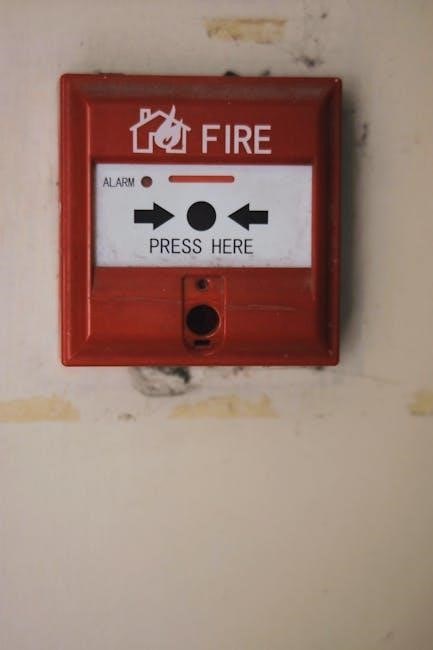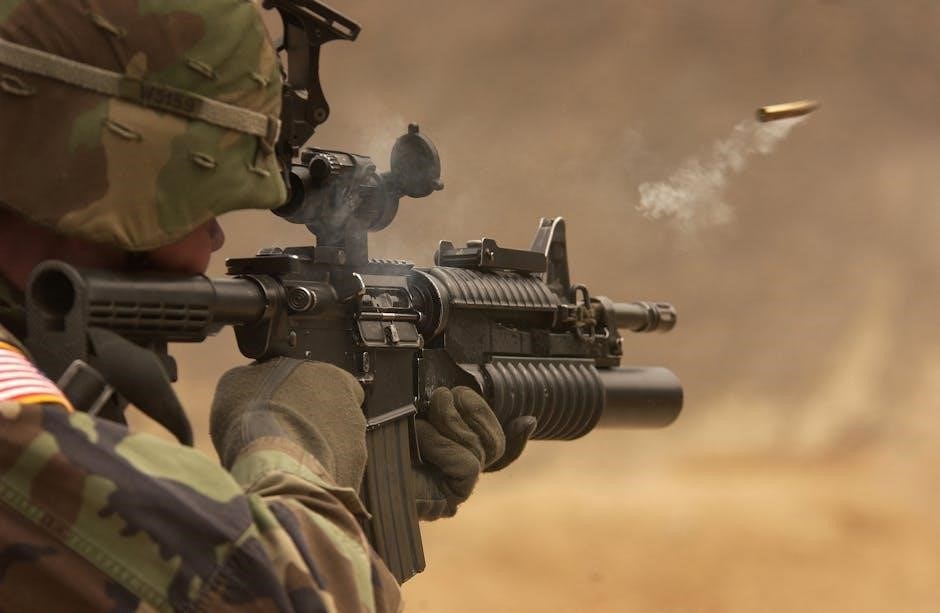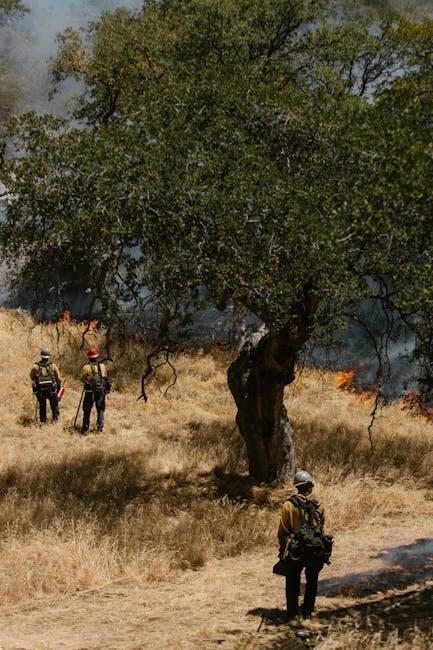locals guide to savannah ga
A Local’s Guide to Savannah, GA: Unveiling Hidden Gems and Authentic Experiences
Savannah is a city that celebrates its quirkiness, where eccentric personalities thrive! Discover lesser-known attractions and hidden gems beyond the typical tourist areas. This guide offers authentic experiences for those seeking unique hangouts, promising an unforgettable adventure.
Savannah, Georgia, beckons with its historic charm and Southern hospitality, but venture beyond the well-trodden tourist paths to discover its true essence. This guide unveils the hidden gems and authentic experiences that locals cherish. Forget the crowded River Street for a while; instead, explore the city’s quirky side, where oddities are celebrated and eccentric personalities flourish.
From lesser-known attractions to unique hangouts, we’ll guide you through Savannah’s best-kept secrets. Discover independent bookstores brimming with literary treasures, museums dedicated to cocktail history, and botanical gardens with mesmerizing bamboo forests. Get ready to experience Savannah like a true local.
Exploring Savannah’s Historic Squares and Green Spaces
Wander through Savannah’s squares, ancient sentinels draped in Spanish moss. These green spaces offer a tranquil escape. The landscaping plays a crucial role, creating microclimates, distinct from the bustling city surrounding them.
Forsyth Park: Savannah’s Central Park
Forsyth Park serves as Savannah’s own Central Park. It is a vibrant hub offering a green escape. This iconic landmark hosts various events, from farmers’ markets to concerts, reflecting the city’s lively spirit. Enjoy a leisurely stroll beneath the shade of ancient oak trees, relax by the iconic fountain, or simply soak in the atmosphere. The park provides a perfect setting for picnics, gatherings, and moments of quiet reflection. It’s a must-visit location for both tourists and locals alike, embodying the essence of Savannah’s charm and community. Experience the heart of Savannah in Forsyth Park.
The Charm of Chippewa Square
Chippewa Square holds a special place in Savannah’s heart, famed as the filming location for the iconic bench scene in “Forrest Gump.” Beyond its cinematic claim, the square exudes an undeniable charm with its meticulously landscaped greenery and historic monuments. Ancient oak trees draped in Spanish moss provide a serene canopy, creating a tranquil oasis in the bustling city. Visitors can admire the impressive statue of General James Oglethorpe, founder of Georgia, or simply bask in the peaceful ambiance. Chippewa Square encapsulates Savannah’s historical beauty and cultural significance, offering a memorable experience for everyone who visits.
Colonial Park Cemetery: History Etched in Stone
Colonial Park Cemetery: History Etched in Stone
Step back in time within the hauntingly beautiful Colonial Park Cemetery, where history whispers from every weathered tombstone. Established in 1750, this historic burial ground serves as a poignant reminder of Savannah’s past. Wander through the moss-draped pathways, discovering the final resting places of notable figures, including early settlers and Revolutionary War heroes. While some graves bear intriguing epitaphs and ornate carvings, others tell somber tales of yellow fever epidemics. Though slightly eerie, Colonial Park Cemetery provides a unique perspective on Savannah’s rich heritage. Observe the poignant beauty, but respect the solemnity of this historic site.
Discovering Savannah’s Unique Museums and Cultural Attractions
Venture beyond the squares to explore Savannah’s diverse museums. From art and design at SCAD to cocktail history, and Gullah Geechee culture, uncover hidden cultural treasures.
SCAD Museum of Art: Contemporary Art and Design
The SCAD Museum of Art is a unique attraction in Savannah, inspiring visitors of all ages with its contemporary art and design. The museum showcases a variety of artwork, from masks and textiles to sculptures, offering diverse exhibitions for all interests.
Recent travelers rave about the museum, calling it a hidden gem in Savannah. Experience film screenings, lectures, gallery talks, and guided tours within the museum’s halls. The SCAD Museum of Art is an enriching experience for art enthusiasts exploring Savannah’s cultural landscape. It provides a unique perspective on contemporary art.
American Prohibition Museum: A Toast to Cocktail History
American Prohibition Museum: A Toast to Cocktail History
Delve into the captivating world of cocktail culture at the American Prohibition Museum, the only museum of its kind in the U.S. Located in Savannah’s historic district, this unique attraction offers an immersive journey through the Prohibition era. Discover the history of cocktails and the cultural impact of this transformative period.
Explore exhibits showcasing artifacts, interactive displays, and historical narratives. The American Prohibition Museum provides an engaging and educational experience. Discover the secrets of speakeasies and the evolution of cocktail recipes. It’s a must-visit for history buffs and cocktail enthusiasts alike.
Pin Point Heritage Museum: Gullah Geechee Culture
Pin Point Heritage Museum: Gullah Geechee Culture
Immerse yourself in the rich cultural heritage of the Gullah Geechee community at the Pin Point Heritage Museum. Located on the site of a former oyster and crab factory, this museum offers a glimpse into the lives, traditions, and history of this unique coastal culture.
Explore exhibits showcasing artifacts, photographs, and stories that celebrate the Gullah Geechee people’s contributions to the region. Discover their language, art, music, and culinary traditions. The Pin Point Heritage Museum provides an authentic and educational experience. Gain a deeper understanding of Savannah’s diverse cultural landscape and the importance of preserving this heritage.
Savoring Savannah’s Culinary Scene: Beyond River Street
Venture beyond River Street to discover Savannah’s true culinary delights! From Southern comfort food to historic fine dining and local neighborhood pubs, experience the authentic flavors that define Savannah.
Mrs. Wilkes’ Dining Room: Southern Comfort Food
Mrs. Wilkes’ Dining Room is a Savannah institution, renowned for its authentic Southern comfort food. Experience a communal dining experience where you share tables and platters of home-style dishes. Prepare for a wait, as this beloved spot is always busy, a testament to its incredible food and warm atmosphere.
This hidden gem offers a taste of true Southern hospitality and culinary traditions. Indulge in fried chicken, collard greens, mac and cheese, and other classic dishes. Mrs. Wilkes’ provides a hearty and satisfying meal that embodies Savannah’s rich culinary heritage, making it a must-visit.
The Olde Pink House: Historic Fine Dining
The Olde Pink House offers an elegant dining experience steeped in Savannah’s history. Housed in an 18th-century mansion, this iconic restaurant combines refined cuisine with a charming ambiance. Dine in one of the beautifully decorated rooms, each with its unique character and story.
Indulge in upscale Southern dishes with a modern twist, prepared with fresh, local ingredients. From the crispy flounder to the she-crab soup, every dish is a culinary delight. The Olde Pink House provides a memorable fine dining experience, blending historic charm with exceptional cuisine, a true Savannah treasure.
Green Truck Neighborhood Pub: Local Favorite
For a taste of Savannah’s laid-back local scene, head to Green Truck Neighborhood Pub. This cozy spot is a favorite among residents, known for its delicious burgers and friendly atmosphere. Green Truck prides itself on using fresh, locally sourced ingredients, ensuring every bite is bursting with flavor.
Enjoy a handcrafted burger with unique toppings, paired with a selection of craft beers. The pub’s relaxed vibe makes it the perfect place to unwind and mingle with locals. Green Truck Neighborhood Pub offers an authentic Savannah experience, where quality food and community spirit come together.
Experiencing Savannah’s Natural Beauty: Islands and Gardens
Escape the city bustle and immerse yourself in Savannah’s natural beauty. Explore the sandy shores of Tybee Island or wander through the serene Coastal Georgia Botanical Gardens, discovering tranquility.
Tybee Island: Beach Getaway
Escape the historic squares and venture to Tybee Island, Savannah’s beloved beach getaway. Just a short drive from downtown, Tybee offers a refreshing change of pace with its wide, sandy beaches and crashing waves. Climb to the top of the Tybee Island Lighthouse for panoramic views of the Atlantic Ocean. Rent a kayak or paddleboard and explore the calm waters surrounding the island, or simply relax on the beach and soak up the sun.
Enjoy fresh seafood at one of the island’s many restaurants, and don’t miss the stunning sunsets over the water. Tybee Island provides a perfect escape.
Coastal Georgia Botanical Gardens: Bamboo Forest
Escape the city bustle at the Coastal Georgia Botanical Gardens, a true hidden gem. Originally a 50-acre farm, its first bamboo planting occurred around 1890. Later protected and leased by the USDA, it became a research facility for bamboo and tropical plants.
Wander through the serene bamboo forest, a unique and tranquil experience offering a sense of peace. Explore diverse plant collections, from camellias to conifer. The gardens provide a beautiful setting for a relaxing stroll, offering a glimpse into the region’s botanical richness. Discover the beauty and tranquility hidden within this natural oasis near Savannah.
Unearthing Savannah’s Quirky Side
Savannah is downright weird, a city that celebrates its own quirkiness! Explore oddities like the Graveface Museum and literary treasures at The Book Lady Bookstore for a truly unique experience.
Graveface Museum: Oddities and Curiosities
For those drawn to the strange and unusual, the Graveface Museum is a must-see! This oddities museum is a hidden gem in Savannah, showcasing a collection of peculiar artifacts and macabre memorabilia. Explore exhibits filled with creepy curiosities, from strange medical instruments to bizarre taxidermy.
Immerse yourself in the world of the paranormal and the unexplained. The Graveface Museum offers a unique and unforgettable experience that will leave you both fascinated and slightly disturbed. It’s a perfect spot for those seeking a dose of Savannah’s quirky side, embracing the city’s love for the unconventional. All recent travellers give this museum positive reviews, calling it a hidden gem in Savannah.
The Book Lady Bookstore: Literary Treasures
Tucked away in Savannah’s Historic District, The Book Lady Bookstore stands as a haven for literary enthusiasts. This independent bookstore is a treasure trove of rare finds and literary gems, offering a curated selection that caters to diverse tastes. Lose yourself amidst the towering shelves, filled with both classic literature and contemporary works.
Discover signed editions, first printings, and forgotten authors, making it a paradise for book collectors and casual readers alike. The Book Lady is more than just a bookstore; it’s a community hub where book lovers gather to share their passion for the written word, making it a true hidden gem in Savannah.




